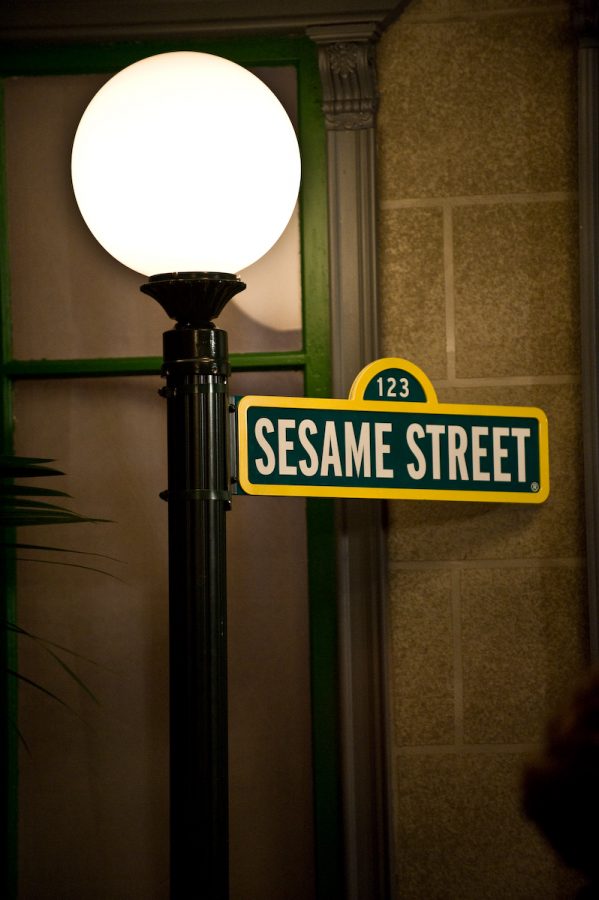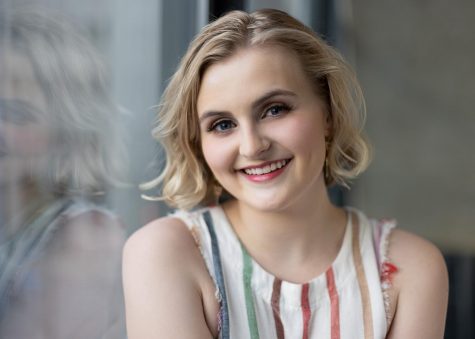Ever since 1969, the popular children’s television show “Sesame Street” has been a staple in families’ homes. It has been a longtime favorite that has addressed many important current issues. Now, it is encouraging more diversity.
Non-human characters like Elmo, Big Bird, Cookie Monster and Oscar the Grouch have graced the screen for decades. As the years progressed, more human-like characters have been added in order to represent kids everywhere, but they have been falling short in terms of representing diversity.
Now, “Sesame Street” is making history as it adds its first Asian-American muppet to the cast. The character, a seven-year-old Korean girl named Ji-Young, is debuting Thanksgiving Day as a part of the holiday special.
Ji-Young is a musician who plays the electric guitar. She also recognizes her culture through her family members around her. For years, “Sesame Street” has not shied away from serious and very real issues regarding identity, and they are doing just the same regarding their new muppet.
As a child, junior Leah Pim found it difficult to find her Chinese culture portrayed on screen. She never saw characters that looked like her or had similar experiences.
In response to this, Pim commented, “Children pay attention to the portrayals of the characters they see on the screen. They are capable of recognizing differences. For this reason, it is necessary to be inclusive. Children, or everyone really, want to be able to find themselves within others and connect with them.”
It is always a memorable moment for a child to be able to see a character on screen that shares their same name, culture or experience. In American media, this type of connection is lost for children who are not white.
This special will not only introduce Ji-Young, but open the door for discussions around inclusion and anti-Asian racism. Just like for many issues, the show provides a safe place to start these conversations in all of the families watching.
“The media should strive not only to create positive and respectful portrayals, but also show complexity in order to avoid stereotypes. That will reflect a better society, help normalize diversity and guard people against feeling shame towards themselves,” Pim said.
There have been times before where “Sesame Street” has tackled anti-Asian discrimination. For example, in June, the show featured a Filipino-American girl, Analyn, who had been teased due to the shape of her eyes. In the end, actor Alan Muraoka, who has worked hard to bring more Asian-American representation to the show, along with his muppet friend Wes helped Analyn embrace her features that make her who she is.
For decades, American media has been dominated by white actors, directors, producers and stories. Slowly, more Asian-American representation has worked its way onto the big screen with releases like “Shang-Chi and the Legend of the Ten Rings,” but now, it is time for this representation to spread to children’s shows.
While this is a step in the right direction, sophomore Josh Nelson, who is half-Filipino, believes this is only just the beginning to reaching the overall goal of diverse representation.
“Shows tend to introduce Asian characters that are Chinese or Japanese or Korean. I really hope that shows start showing other kinds of Asian characters who are Filipino or part of a smaller, less represented Asian community,” Nelson explained. “But, while Ji-Young may not be a main character, having such a big show like Sesame Street include more Asian representation might cause other shows to do the same.”
“Sesame Street” is a driving force within the media so many hope that the addition of Ji-Young to the cast will only spark more shows to encourage diversity. This is only one step to eventually have everyone be represented on screen.
Ji-Young, although only a muppet, has already started much needed conversations regarding the beginning of a new wave of diverse media.
Pim is extremely excited for the new addition of Ji-Young and with this, she imagined, “I anticipate a future where we can see different genders, sexualities, races, ethnicities, disabilities, disorders and traits being represented and embraced.”










